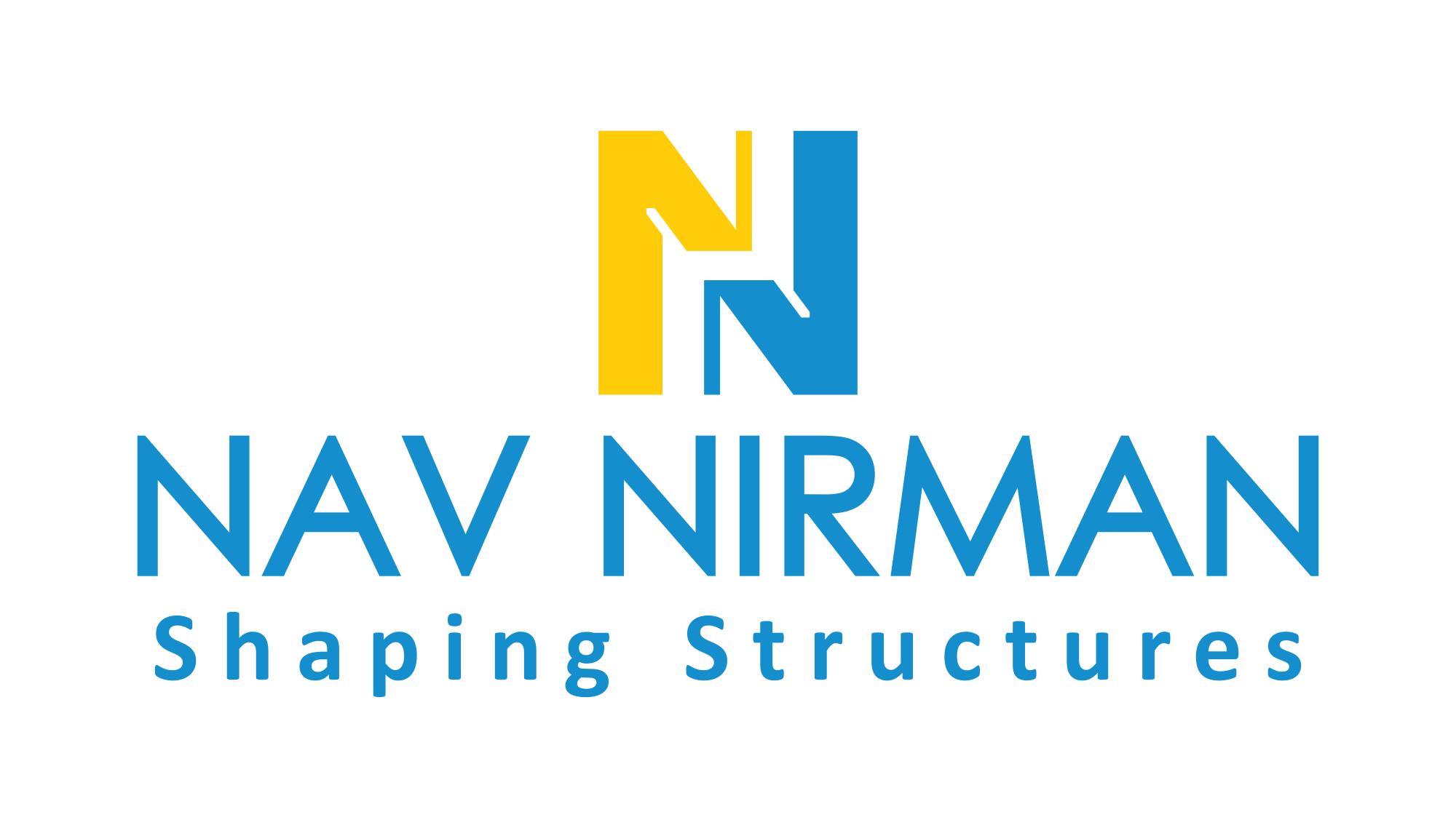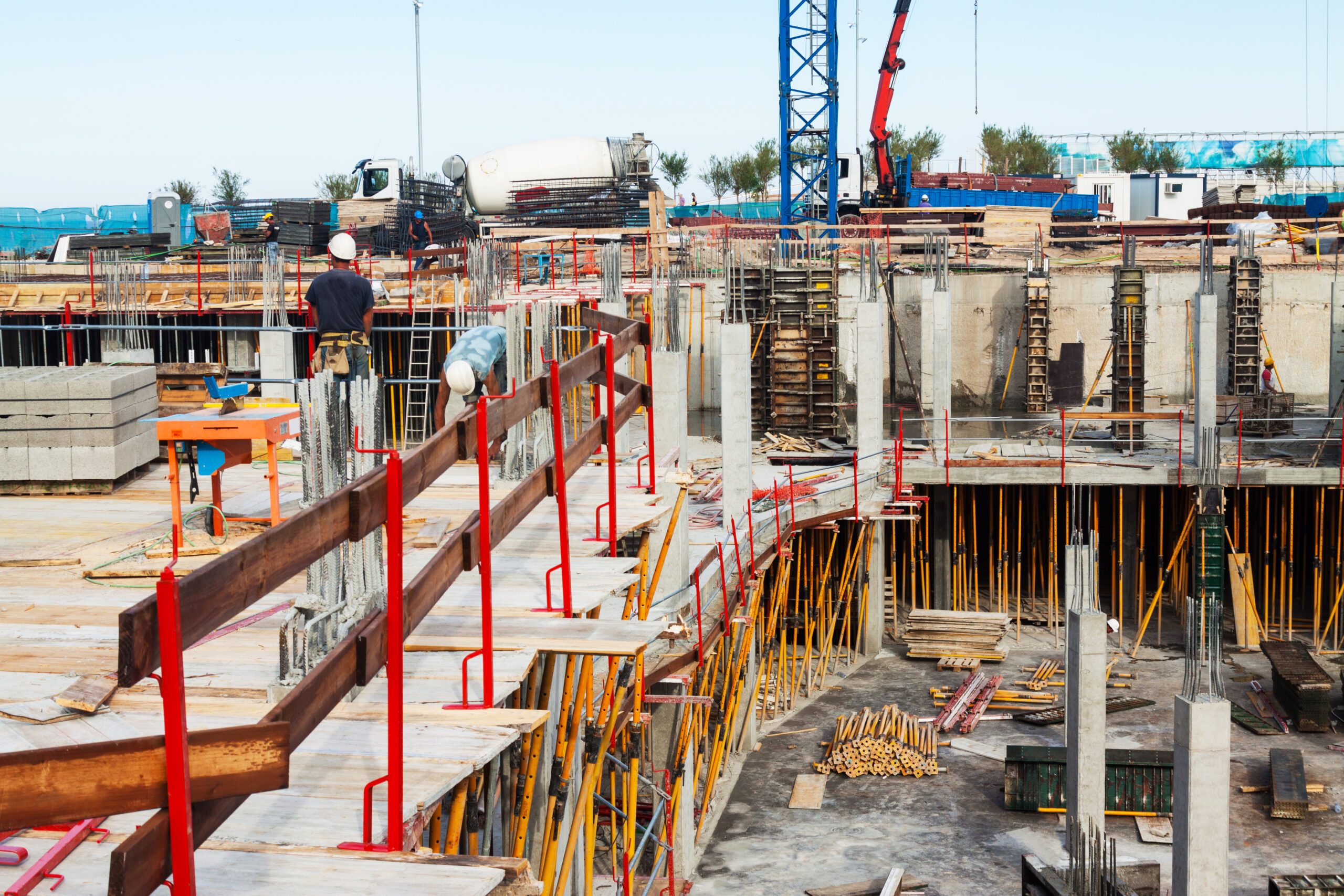Technology and material advancements have had a significant impact on conventional building techniques, particularly on slab and beam formwork. These advancements have resulted in more economical, efficient, and environmentally friendly building techniques. This article examines several formwork approaches for slab and beam construction, stressing both conventional approaches and more modern developments and the advantages and drawbacks of these new technologies.
Formwork’s Significance in Construction
For concrete constructions to be shaped, formwork is necessary. To guarantee that slabs and beams have the appropriate shape and structural integrity, it serves as a temporary mold into which concrete is poured and hardened. The quality of the formwork all strongly impacts the strength, longevity, and aesthetics of the completed structure.
Traditional Formwork Techniques
Traditionally, because the wood was readily available and simple to deal with, formwork was mostly made of wood. Timber formwork, however, has several drawbacks.
- Weight: Wooden formwork is hefty and labor-intensive.
- Durability: Due to wear and tear, limited reusability.
- Sustainability: Due to the constant need for new wood, less environmentally friendly.
Developments in Formwork Methodologies
Several cutting-edge methods have been developed to get around the drawbacks of conventional formwork:
Lightweight Materials for Formwork: Steel and aluminum, which weigh a lot less than wood, are frequently used in modern formwork.
- Handling Ease: Less weight makes assembly and transporting easier.
- Durability: Steel and aluminum have a long lifespan without deteriorating.
- Sustainability: Using reusable materials helps build buildings in a more environmentally friendly way.
Modular Formwork Systems
Design: Modular formwork systems are pre-engineered for quick assembly and disassembly.
- Time-Efficiency: Speeds up the construction process due to ease of use.
- Cost-Effectiveness: Reduces labor costs and project timelines.
- Customization: This can be tailored to specific project requirements, enhancing versatility.
Stay-in-Place Formwork
Materials: Frequently consists of manufactured steel or plastic parts.
Functionality: After the concrete hardens, it continues to be a part of the building.
Durability: Lessens the need for removal and increases structural integrity.
Efficiency: By removing the removal step, the construction process is made more efficient.
Climbing Formwork
Usage: Ideal for high-rise buildings.
Mechanism: As construction advances, it moves up the building to facilitate continuous concrete pouring.
Labor and Time Savings: Lowers the amount of time and labor needed to set up and take down formwork at every stage.
Advantages of Modern Formwork System
Economy of Cost:
Even while they might cost more upfront, modern formwork systems save a lot of money over the course of a project since they require less manpower and can finish projects more quickly.
Time Conserving:
Novel formwork methodologies provide expedited assembly and disassembly, hence reducing the overall construction schedule and expediting project completion.
Durability:
Modern formwork materials are made to be reused numerous times, which cuts waste and encourages environmentally friendly building methods.
Technological advancements
Digital Design and Planning Tools: Create accurate formwork layouts by using CAD and BIM software.
Precision: Reduces mistakes and maximizes material consumption.
Efficiency: Reduces delays and rework by streamlining planning and execution.
Automation and Robotics Systems: Use robotic systems to assemble formwork.
Efficiency: Boosts the precision and speed of formwork construction.
Labor reduction increases productivity and safety by reducing the demand for heavy manual labor.
Challenges in Adopting New Formwork Technologies
Adoption of New Formwork Technologies presents challenges.
Modern formwork has many benefits, but implementing these technologies in the construction sector presents a number of difficulties.
- Initial Cost: Higher initial costs associated with purchasing supplies and machinery.
- Training: To run new systems and technologies, skilled labor is required.
- Resistance to Change: Because traditional ways are so firmly ingrained, people are reluctant to adopt new ones.
Case Studies and Upcoming Developments
Innovative formwork techniques have been successfully utilized in several construction projects globally, demonstrating their usefulness. Looking ahead, the following are expected to further alter formwork in slab and beam construction:
- Material advancements include the creation of materials that are even lighter and stronger.
- Automation: A greater integration of automated systems and robotics.
- Sustainability: A persistent focus on environmentally sustainable methods and supplies.
Conclusion
When it comes to slab and beam construction, modern formwork techniques provide a lot of advantages over conventional ones. They are crucial in modern buildings because they increase productivity, lower costs, and encourage sustainability. Notwithstanding the difficulties, using these cutting-edge methods has indisputable advantages and opens the door to more sophisticated and environmentally friendly construction methods.
FAQs
Do contemporary formwork systems cost more than conventional ones?
- Despite their greater starting costs, they save money over time since they use less manpower and have shorter project deadlines.
Is it possible to use these new formwork techniques for small-scale projects?
- Indeed, a lot of contemporary formwork systems are adaptable and may be used for different project sizes.
What is the best formwork system to choose for my project?
- Examine the project specifications, financial constraints, and unique advantages of every formwork method.
What advantages does modern formwork have for the environment?
- Enhanced material reusability and decreased waste are two factors that support more environmentally friendly building methods.
Are the latest formwork technologies posing a safety risk?
- Although safety is a top priority in the creation of new technologies, safe use still requires appropriate training and attention to rules.


